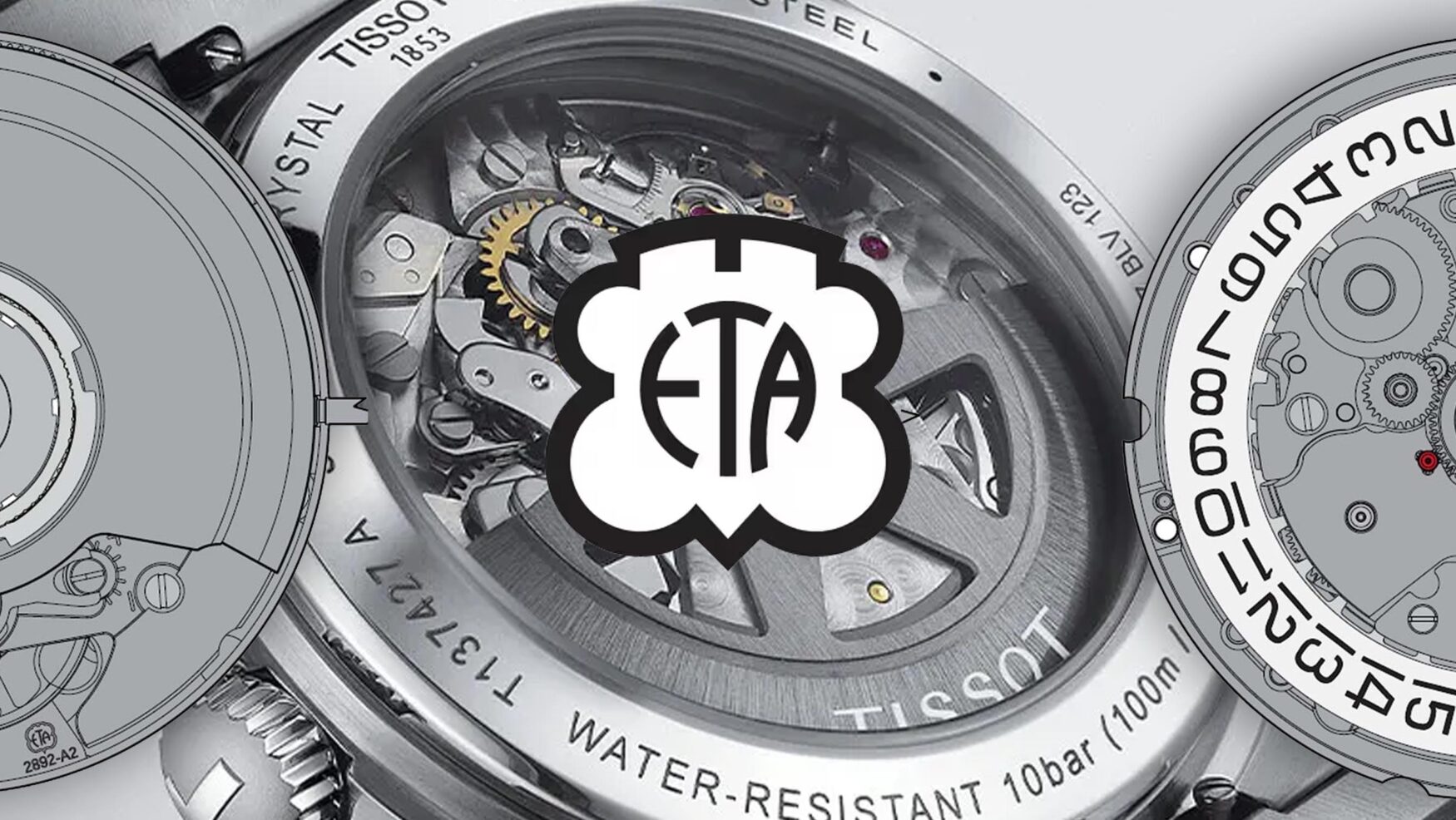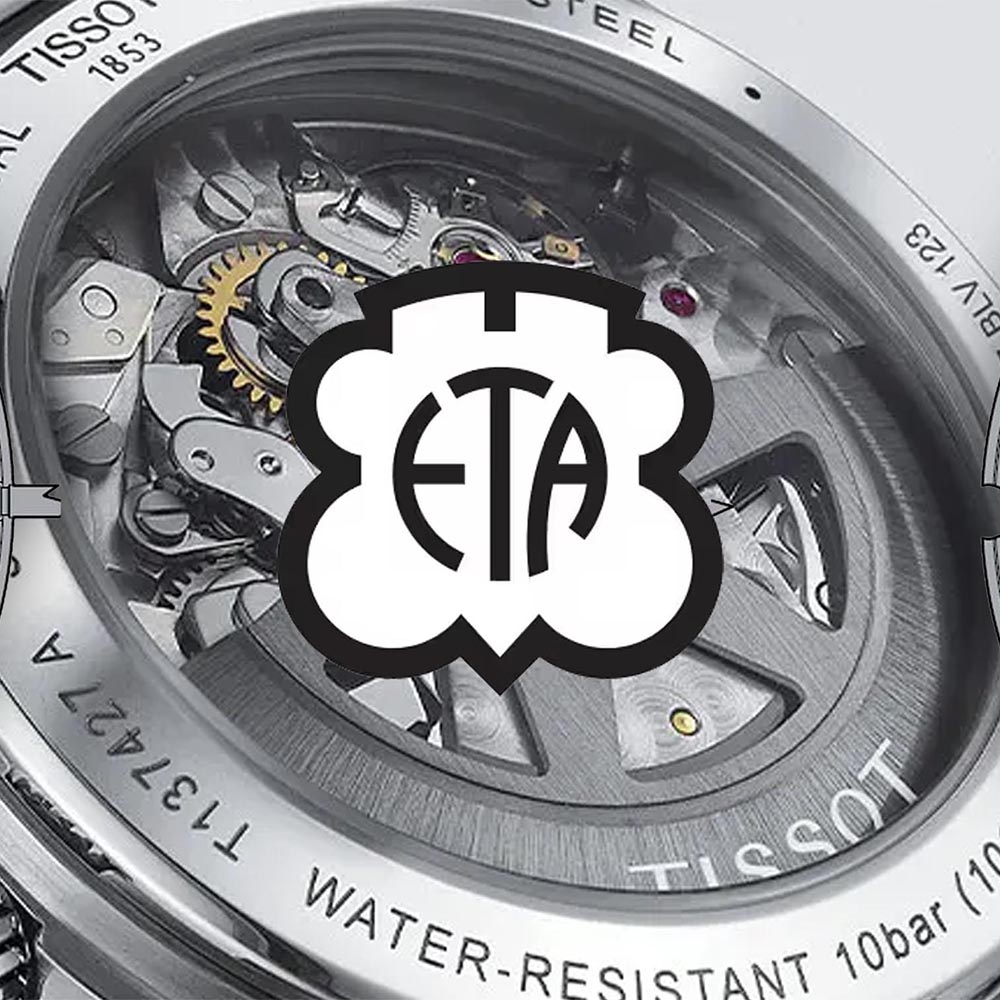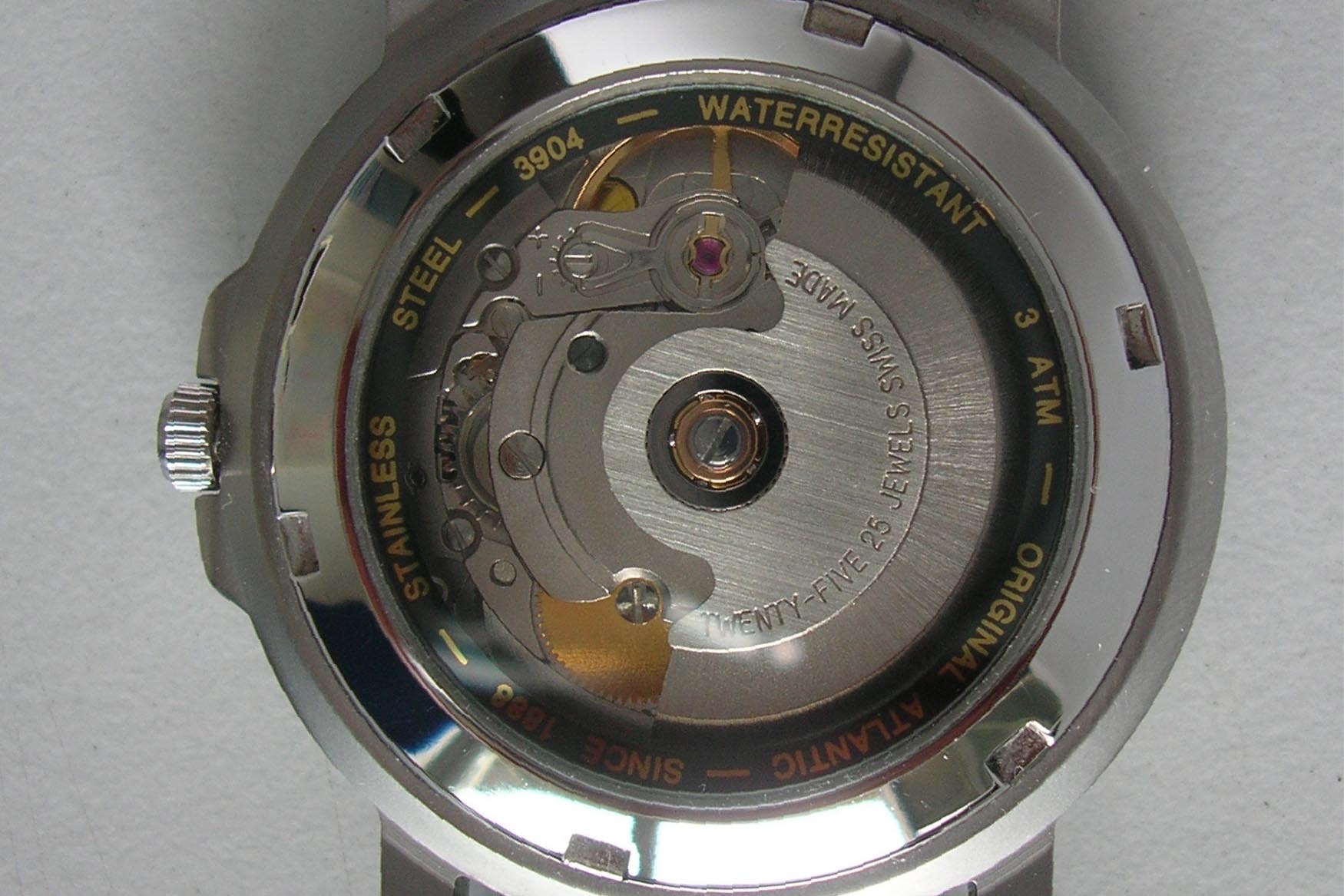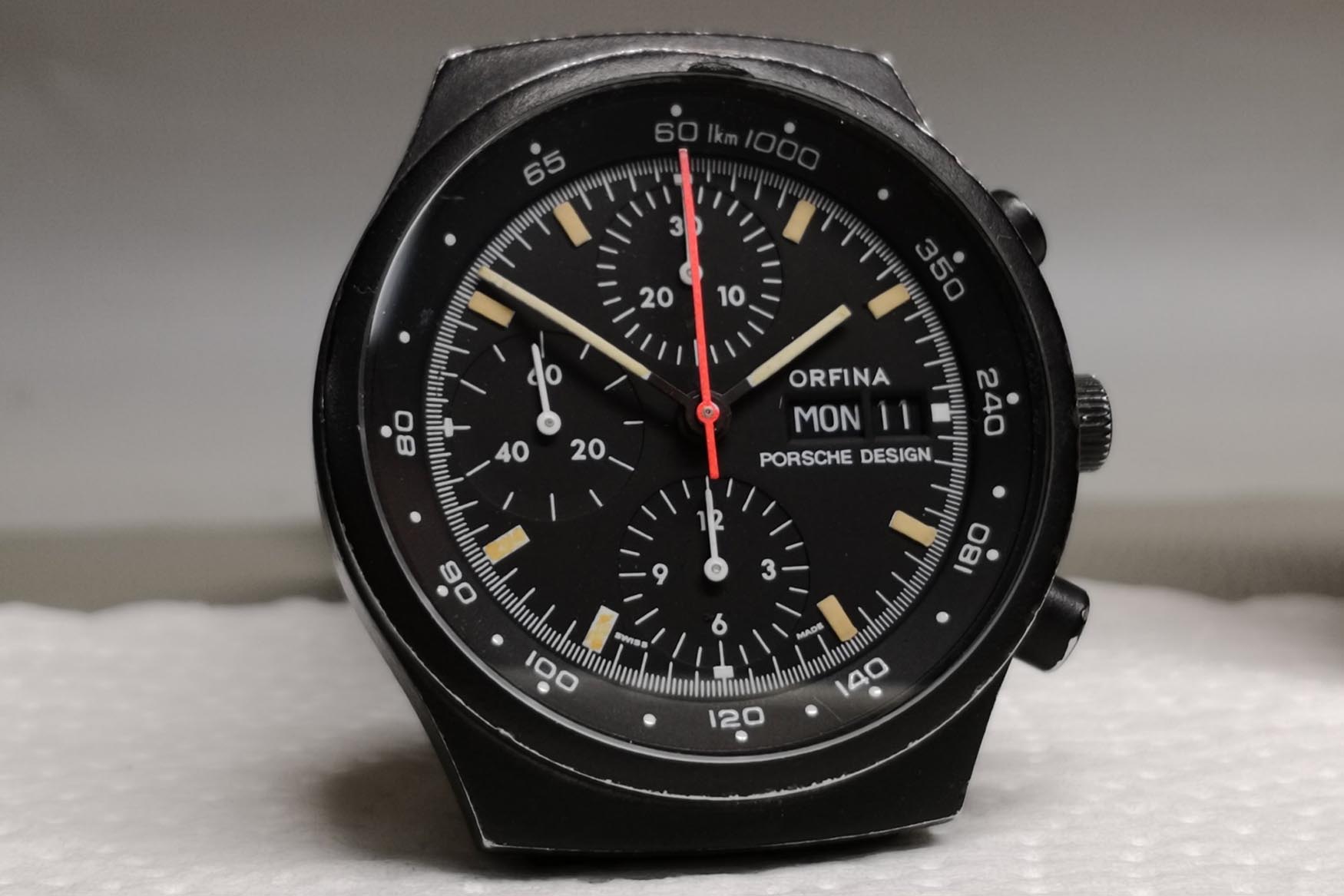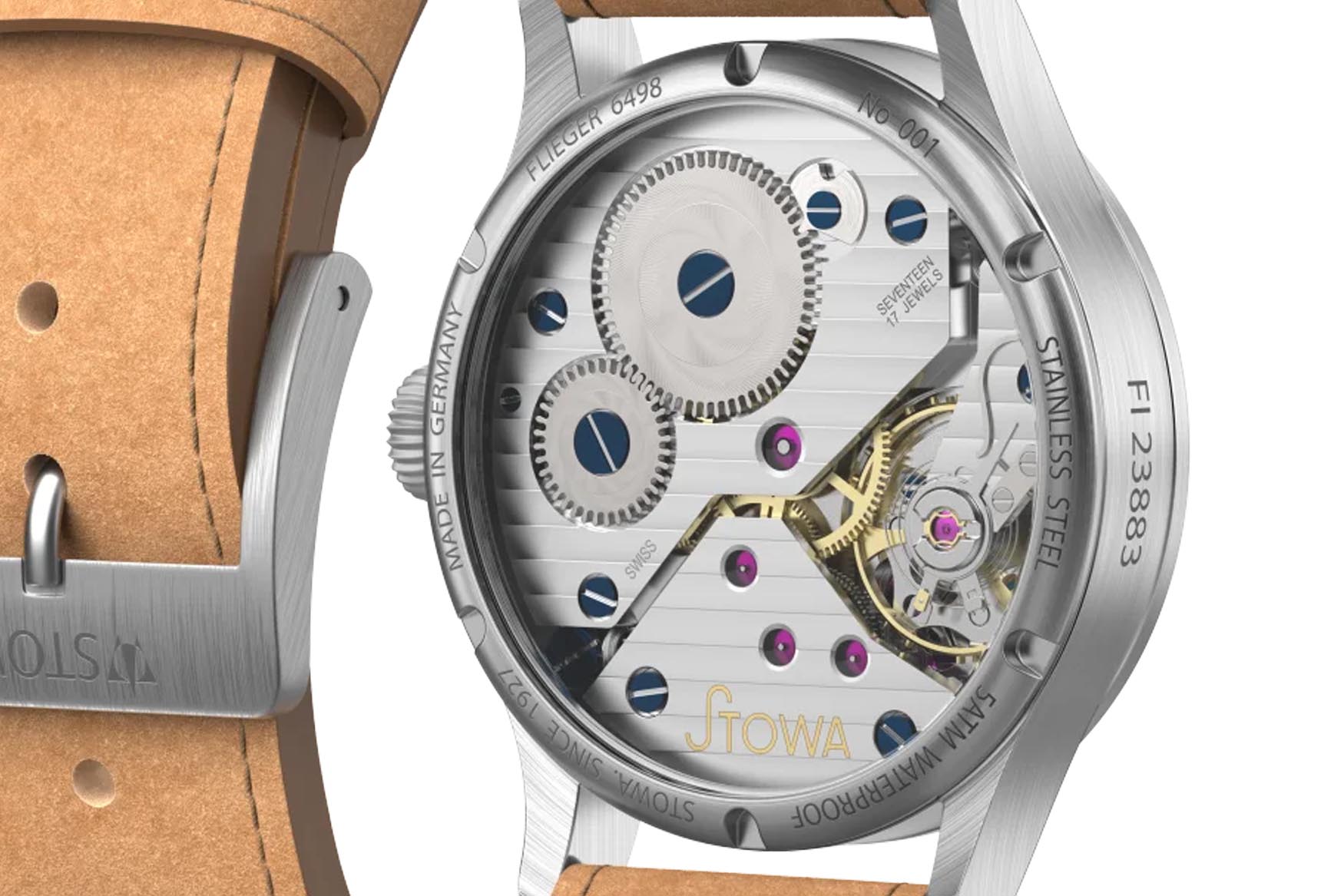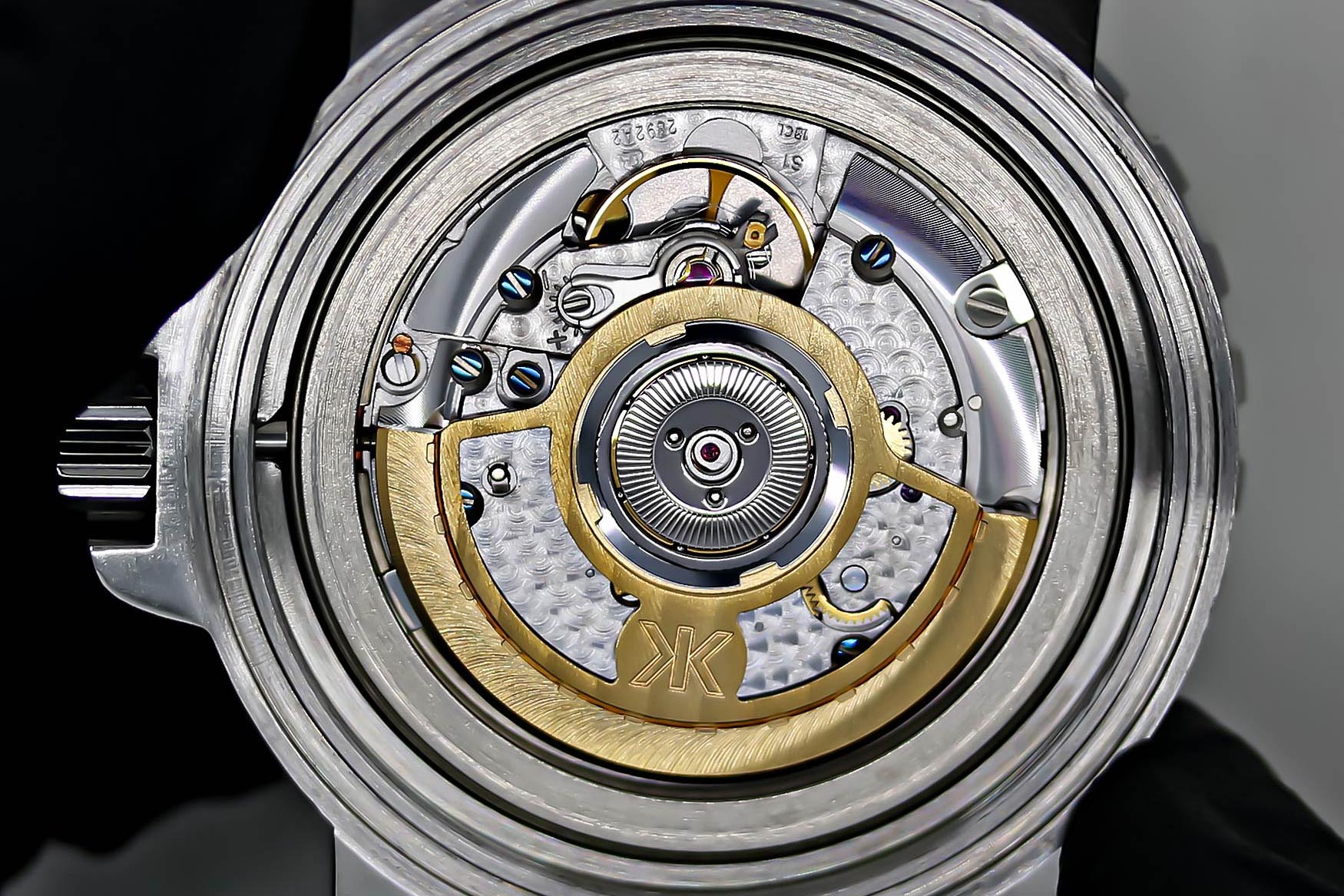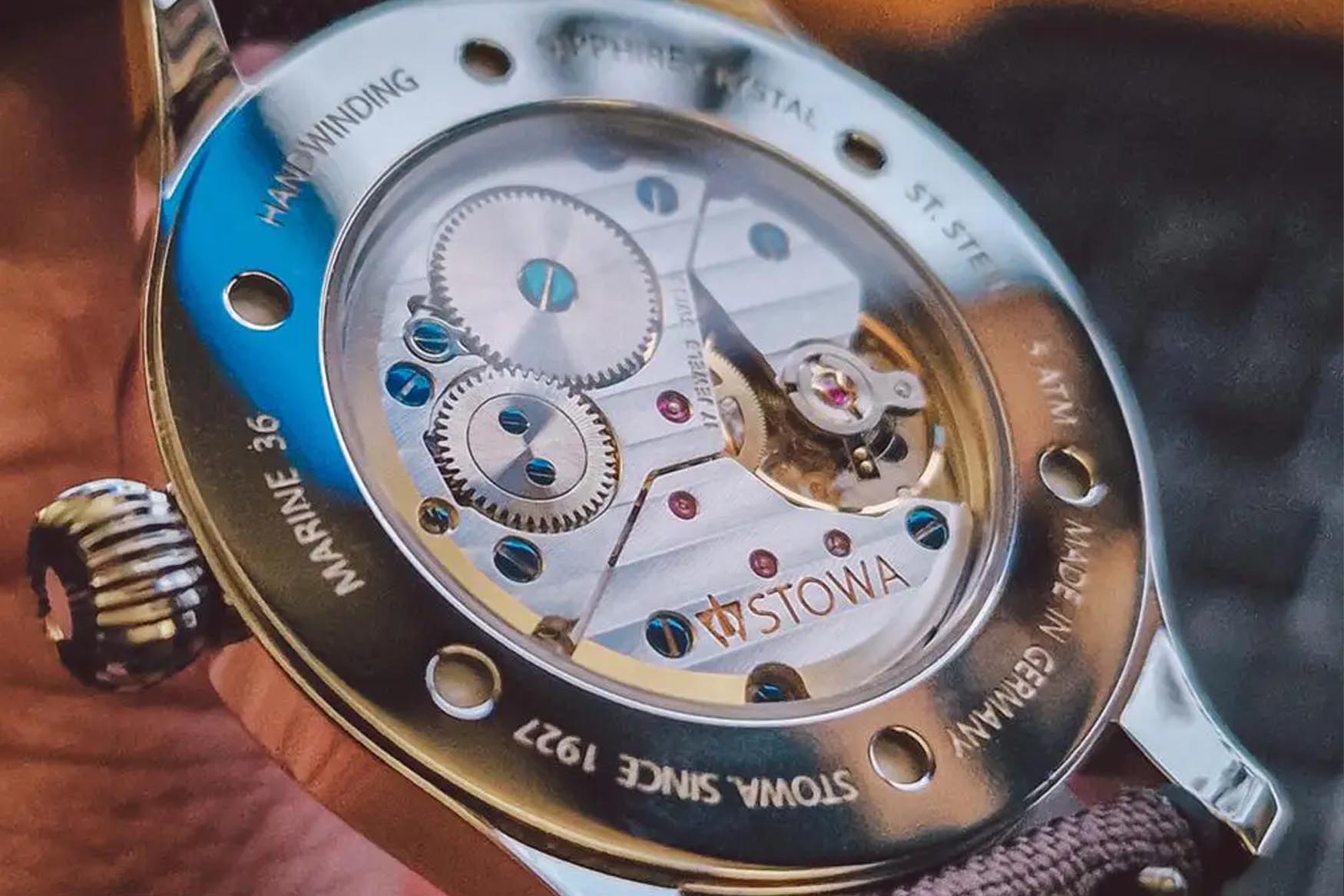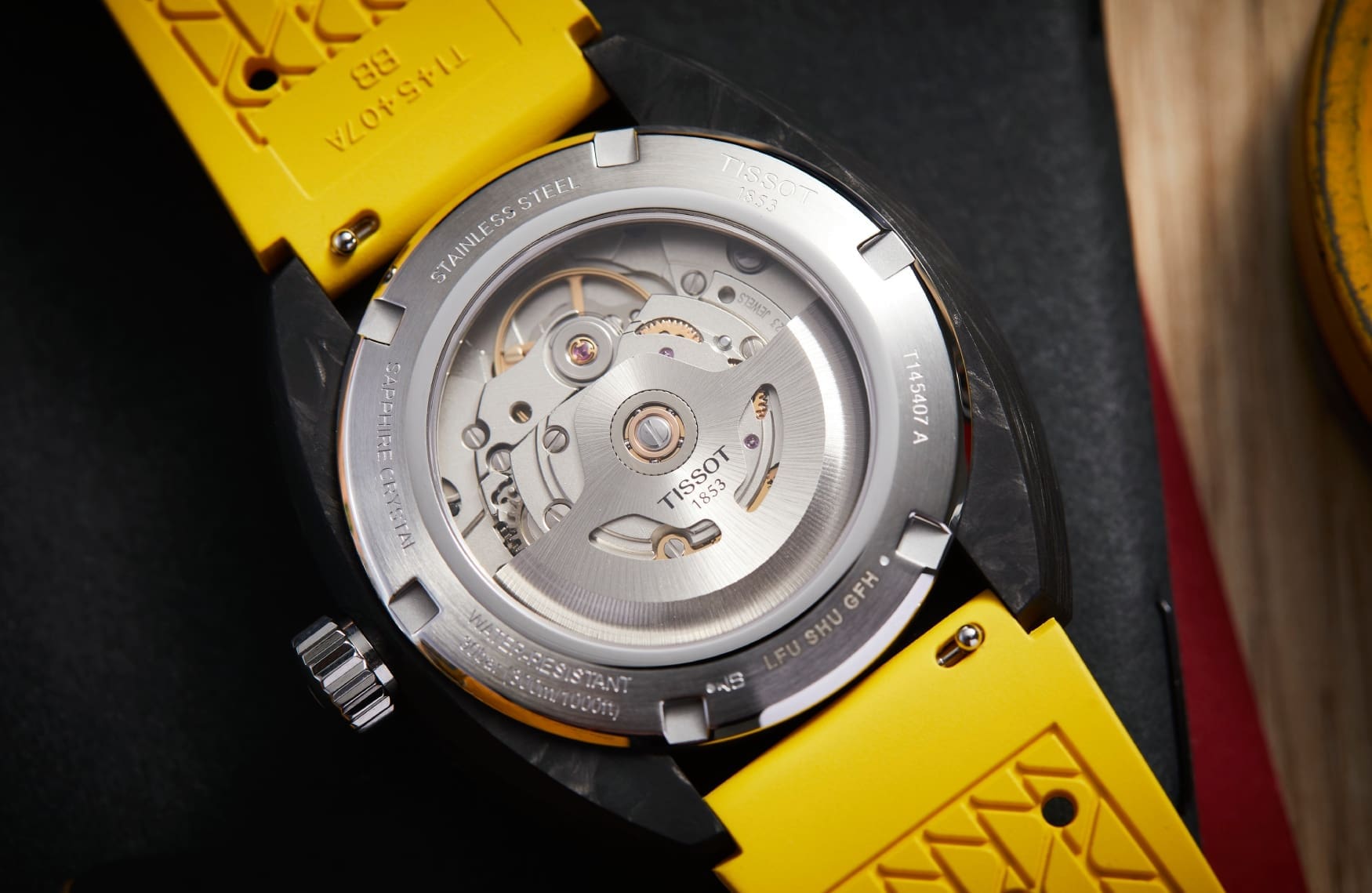All the ETA movements you should know about
Buffy AcaciaThere’s a statistic floating around that 80% of all Swiss watches are powered by ETA movements. I don’t know where that number came from, but considering ETA makes about five million movements annually, it’s probably not far from the truth. Having been founded in 1856 and eventually swallowing up the majority of the Swiss watchmaking industry through countless consolidations and mergers, ETA (itself owned by Swatch Group) is pretty much the King’s Cup of movement manufacturers. As a result, it’s held something of a controversial monopoly for decades. Having a basic understanding of ETA’s best-selling calibres will give you an insight into most Swiss watches on the planet, so here are the most important ones to know about.
ETA 2824-2
This is really the be-all and end-all of Swiss movements, having made its way into every nook of the watch landscape from department store own-brands to high-end luxury pieces. It’s a versatile choice because of its three-hand display and date complication, which is the most popular configuration for day-to-day wristwatches. The 4Hz beat rate establishes a high standard of smoothness, while the 38-hour power reserve is enough thanks to its automatic winding. There are multiple grades available which determine its level of accuracy and decoration, but that’s also up to the brand who uses them. Considering their prevalence, the spare parts are plentiful which makes them affordable to service too. Reliability is what really makes the ETA 2824-2 shine, both in accuracy and longevity.
The 2824 can be had in four different grades – standard, elaboré, top, and chronometer. The most basic variant is adjusted in two positions, with a Nivarox hairspring and polyrubies for pallet jewels. For the elaboré grade, much is the same, with an additional plane of adjustment. The chronometer grade is essentially a COSC-certified top grade 2824, adjusted in five positions, with a Glucydur balance, Anachron hairspring, Incabloc shock protection and ruby pallet jewels.
Many companies have created copies and clones of the ETA 2824-2 as the original patent has expired, such as the Sellita SW200-1 that is interchangeable with the 2824-2. Between that and ETA’s tightening grip on selling movements to third parties, the number of watches that feature it is dwindling. Historically, it has been used by pretty much every non-haute horlogerie manufacturer under the Sun, including Tudor, Breitling, Doxa, Oris, TAG Heuer, Sinn… and just about all of the Swatch Group brands.
| Beat rate | 28,800vph / 4Hz |
| Power reserve | 38 hours |
| Winding style | Automatic (bi-directional, ball bearing), hand-winding |
| Functions | Hours, minutes, seconds, date |
| Dimensions | 25.6mm (D) x 4.6mm (T), 11.5 lignes |
| Jewel count | 25 |
ETA/Valjoux 7750
Initially produced by Valjoux before its absorption into ETA, the calibre 7750 became the go-to chronograph movement in the ‘70s and ‘80s. The 7750 itself was based on the manually wound Valjoux 7733, which was in turn a development of the Venus 188, and one of the first movements designed with the aid of a computer. It’s integrated, which means that it was designed as an automatic chronograph rather than a module piled on top of a base movement. That doesn’t make it thin by default though, as many 7750-powered watches tend to be pretty chunky. That’s easily forgiven, mainly due to the convenience of automatic winding, but also because of the smooth-sweeping 4Hz beat rate and the day/date display – all combined with relatively affordable pricing. Think about classic chronos like the IWC Pilot, Heuer Montreal, and even modern watches like the Tissot PRX Chronograph.
There are several variations which can include more complications or simply a different layout of the three sub-dials, but even the base model makes for a great, functional calibre. The patent has also expired leading to clones such as the Sellita SW500, and it’s one of the more affordable Swiss mechanical chronographs to service thanks to its abundance. Interestingly, the time-keeping gear train of the 7750 is often used by independent watchmakers as a base for highly decorated, non-chronograph movements thanks to its robust design.
| Beat rate | 28,800vph / 4Hz |
| Power reserve | 48 hours |
| Winding style | Automatic (unidirectional, ball-bearing), hand-winding |
| Functions | Hours, minutes, running seconds, chronograph with 30-minute and 12-hour counters, day, date |
| Dimensions | 30mm (D) x 7.9mm (T), 13.25 lignes |
| Jewel count | 17 (first generation), 24 or 25 (modern) |
ETA/Unitas 6497/6498
Originally designed for smaller-diameter pocket watches, the Unitas 6497 and 6498 (which would later be absorbed into ETA) can still be found in plenty of larger-diameter wristwatches. Given their robust nature and hand-winding style, they’re the perfect choice for a vintage-inspired pilot’s watch. The only drawback is that they’re non-hacking movements due to their age, but it’s not the end of the world. The small seconds located at 9 o’clock is also a classic look, however the calibre 6498 exists as a version with the sub-dial at 6 o’clock for symmetry. There are also two configurations in the 649X-1 or the 649X-2. The -1 version has an old-school 18,800vph beat rate and a 46-hour power reserve, and the -2 version ups both at 21,600vph and 53 hours.
Variations and developments of this movement have been used by a huge number of brands, including Baume & Mercier, Panerai, and Tissot, while its large size is also attractive to independent watchmakers wanting to show off their decoration skills.
| Beat rate | 18,800vph / 2.5Hz (649X-1) 21,600vph / 3Hz (649X-2) |
| Power reserve | 46 hours (649X-1) 53 hours (649X-2) |
| Winding style | Manual |
| Functions | Hours, minutes, small seconds |
| Dimensions | 36.6mm (D) x 4.5mm (T), 16.5 lignes |
| Jewel count | 17 |
ETA 2892A2
Generally considered as a higher-end alternative to the ETA 2824-2, the 2892A2’s main advantage is its slenderness. The movement is 1mm thinner, which lends itself to more refined watches, and the baseline accuracy is higher than the 2824. The 2892A2 is an evolution of the 2892 (sized at 28mm in diameter), with an improved mainspring and winding system. You’ll tend to find it as a base calibre for other, higher-end brands, along with the Sellita SW300-1 clone (though with a higher jewel count and power reserve), or still in the mid-tier luxury category. ETA makes the most of its slimness, using the 2892A2 as a base for the 2893 GMT calibre, as well as the famed modular 2894-2 chronograph, iterations of which were used by the likes of Omega.
The 2892A2 is offered in three different grades, dropping the “standard” tier found in the 2824. Starting at the elaboré grade, it’s adjusted to four positions with accuracy stated to be within 5 to 20 seconds per day. The top and chronometer grades are adjusted to four positions, with +/-4 to +/-15 s/d and COSC-level accuracy, respectively.
Just like the 2824, the 2892A2 is widely used across the watch industry, including Hublot, Omega, TAG Heuer, Breitling, Oris, Longines, and more. Moreover, its architecture was built upon by ETA to offer exclusively designed movements inside the Swatch Group.
| Beat rate | 28,800vph / 4Hz |
| Power reserve | 42 hours |
| Winding style | Automatic |
| Functions | Hours, minutes, seconds, date |
| Dimensions | 25.6mm (D) x 3.6mm (T), 11.5 lignes |
| Jewel count | 21 |
ETA/Peseux 7001
If you’ve got old-school tastes, then you’ll be familiar with the joys of a manually-wound watch. They’re thinner, immune to rotor wobble or noises (duh), and you get to enjoy the ritual of winding your watch up every day. Well, the ETA 7001 was originally made by Peseux (acquired by ETA in 1985), and it’s been used by all kinds of lofty brands. It’s much thinner than ETA’s most common automatic offerings at a total height of 2.5mm, but it still enjoys a solid 42-hour power reserve. The small seconds makes for a dressier dial, and the lack of a winding rotor gives you an unobstructed view of the movement from a display caseback.
Its thinness and small size have always been attractive, and brands like Stowa, Farer, Christopher Ward, Montblanc, and Oris have used it in their watches. Most famously, Nomos has developed the 7001 into its in-house Alpha calibre, with new bridges and in-house manufacturing.
| Beat rate | 21,600vph / 3Hz |
| Power reserve | 42 hours |
| Winding style | Manual |
| Functions | Hours, minutes, small seconds |
| Dimensions | 23.3mm (D) x 2.5mm (T), 10.5 lignes |
| Jewel count | 17 |
Honourable mention – ETA Powermatic 80
It should come as no surprise that ETA were keen to innovate once its patent protection started expiring, but the C07 (a.k.a. Powermatic 80) movements have been a roaring and recent success. With great popularity shared among plenty of Swatch Group’s brands, the movement’s 80-hour power reserve is thanks to an upgraded mainspring, their architecture otherwise shared with the 2824, with certain manufacturing concessions made for ease of replacement rather than servicing. Other than the more obvious ticking, the only real drawback is the difficulty in regulating these movements yourself or with a trusted watchmaker, as they’re laser-regulated from the factory and the balance doesn’t have any traditional adjustment. If you want one, some of the best Powermatic 80 watches include the Hamilton Khaki Field, the Tissot PRX, the Rado Captain Cook, and the Mido Multifort TV Big Date.
| Beat rate | 21,600vph / 3Hz |
| Power reserve | 80 hours |
| Winding style | Automatic |
| Functions | Hours, minutes, seconds, date |
| Dimensions | 25.6mm (D) x 4.6mm (T), 11.5 lignes |
| Jewel count | 23 or 25 |




